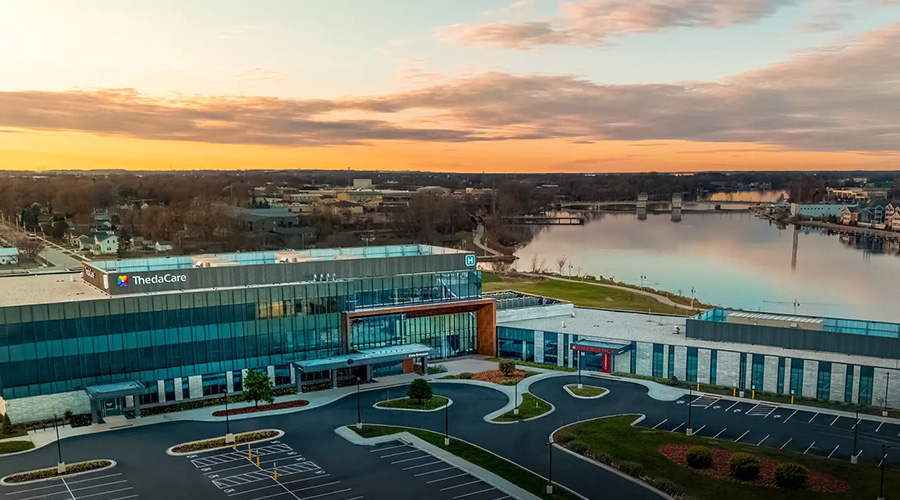The Boston Marathon bombings tested the disaster response plans of the Boston Medical Center and Massachusetts General Hospital, as well as other local hospitals.
In the immediate aftermath of the bombings, the hospitals had to determine whether to go into lockdown. There were concerns that the hospitals might be targets for other bombs and that the bombers themselves might be among the patients being brought into the hospitals. Massachusetts General Hospital decided not to lock down. The hospital’s director police, security and outside services cited potential problems with lockdowns, which she said can sometimes create “an illusion of security.”
Boston Medical Center went into a state it called “controlled access,” barring most visitors and shutting down some buildings.
A recent article in Campus Safety described other challenges that emerged in the days following the bombings. One was visits by high-profile guests, including President Obama, who visited Massachusetts General a few days after the bombings. In that case, hospital security staff worked closely with the Secret Service and law enforcement groups to ensure that employees were screened when that step was needed. Among the steps taken was shutting down the video surveillance system because of the risk that someone might try to hack into the system.
The bombings occurred on Monday, April 15. On Thursday, the bombers killed a security guard at Massachusetts Institute of Technology, leading to a shutdown of the city, including mass transit. Thousands of Massachusetts General employees couldn’t get to work, so the hospital had to ask other employees to work overtime to fill in for those who couldn’t get in.
Both hospitals say that vulnerability assessments and emergency response measures, which included drills for mass casualty events, planning for staffing pools and patient surge, and yearly training with local law enforcement groups, played an important role in helping them handle the bombings.
Read the article.

 Building Sustainable Healthcare for an Aging Population
Building Sustainable Healthcare for an Aging Population Froedtert ThedaCare Announces Opening of ThedaCare Medical Center-Oshkosh
Froedtert ThedaCare Announces Opening of ThedaCare Medical Center-Oshkosh Touchmark Acquires The Hacienda at Georgetown Senior Living Facility
Touchmark Acquires The Hacienda at Georgetown Senior Living Facility Contaminants Under Foot: A Closer Look at Patient Room Floors
Contaminants Under Foot: A Closer Look at Patient Room Floors Power Outages Largely Driven by Extreme Weather Events
Power Outages Largely Driven by Extreme Weather Events